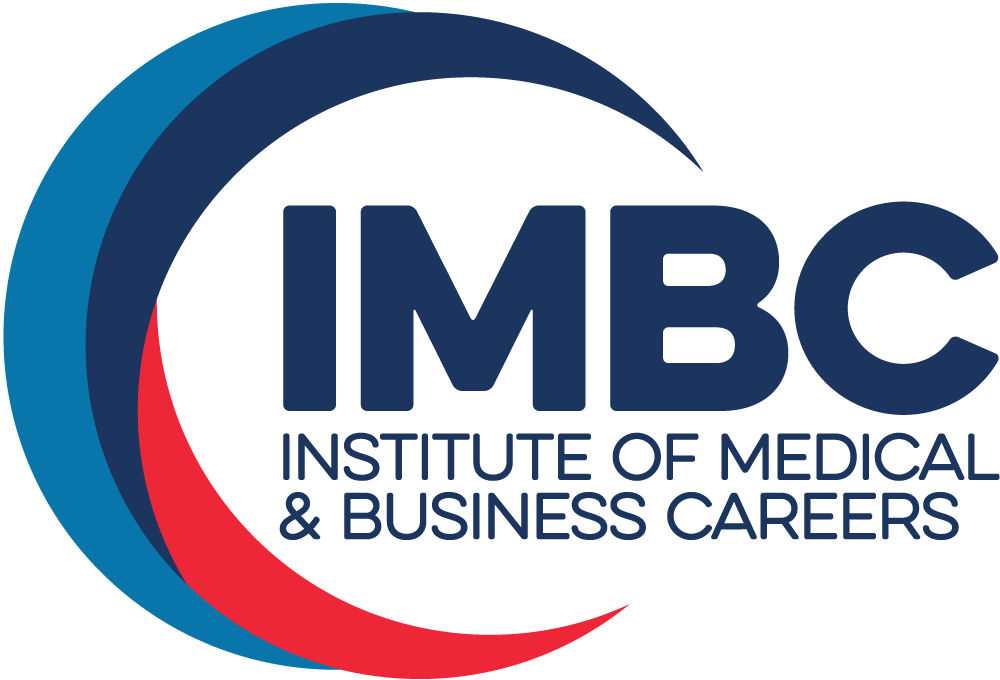Medical assistants and medical assisting technicians, also known as “MAs” and “MATs” perform various administrative and clinical tasks in a variety of healthcare and medical office settings. That means as an MA, you’ll be working with patients, doctors, and nurses; to support positive patient outcomes, provide great customer service, and maintain efficient healthcare offices.
The day-to-day activities of MAs and MATs depend greatly on the type of healthcare setting they work within. Administrative duties might include supporting, scheduling, and communicating with patients; billing and bookkeeping; and general office management or support.
At the same time, MAs and MATs may have clinical responsibilities such as taking vital signs, explaining procedures, preparing patients for exams, taking medical histories; and helping doctors and nurses during procedures such as lab work collection, administering medications, authorizing pharmacies to refill prescriptions, drawing blood, performing diagnostic tests, changing dressings, managing equipment, and more.
How to become a medical assistant
Becoming a medical assistant or medical assisting technician usually involves formal training. While there are many options for training, choosing an accredited school for medical assisting is the smart way to go. Accreditation means that the institution meets certain academic and student support standards, among other requirements. This usually gives you peace of mind that your training is of a good quality.
Also, you will need to decide on a diploma program for medical assisting or obtaining your associate degree. Some schools offer both, like at the Institute for Medical and Business Careers (IMBC). The major difference is the diploma program is shorter (typically completed in under a year). The associate in specialized technology degree can be completed in about a year-and-a-half and includes general education courses required for earning an associate degree from an accredited school.
You should also find a school for medical assisting that will prepare you for any licensing requirements and one that has a robust career services department. A good career services department can help you find medical assisting jobs, prepare for your interview with potential employers and help you transition from your training to a professional environment.
Some schools, like IMBC, also have you complete an internship as part of your program, so you can practice your training in an actual medical environment under the supervision of professionals.
Certifications for medical assistants
After you obtain your diploma in medical assisting or your associate degree, you should consider obtaining your certifications. Four certifications to consider include:
- The Nationally Registered Certified Medical Assistant (NRCMA) exam, administered by the National Association for Health Professionals (NAHP)
- The Nationally Registered Certified Phlebotomy Technician (NRCPT), administered by the National Association for Health Professionals (NAHP)
- The Certified Electronic Health Record Specialist (CEHRS), administered by the National Health Association (NHA)
- CPR certification through your local certification center
Some schools like IMBC will cover the costs of the professional certification exams. While certification exams are not required for employment, many employers understand students passing voluntary, third-party, certification exams validate their competencies, skills, and abilities in the specialized field of study.
As you complete your program and certifications for medical assisting, you may want to consider relocating for the right job opportunity. The great news is that according to the U.S. Bureau of Labor Statistics, the number of jobs is expected to grow 29% by 2026, adding about 184,000 new medical assistant jobs throughout the country. Now might just be the right time to complete your training.
